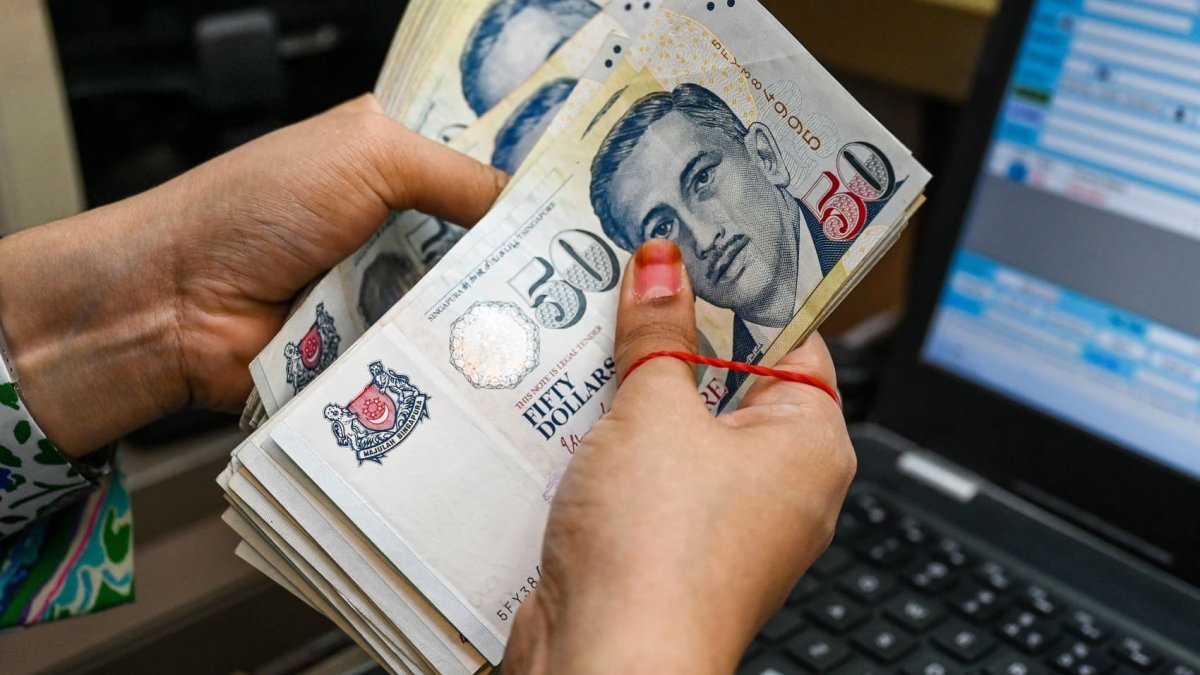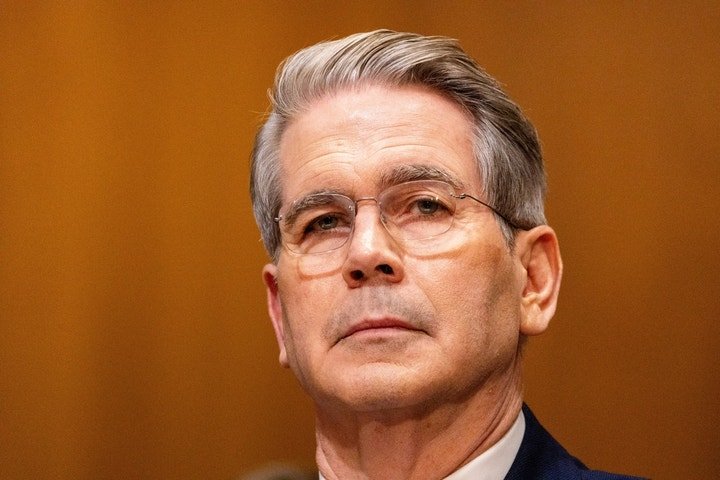New Delhi: Is a ‘strong’ rupee necessarily good for India? In the Diwali weekend, a discussion on the dollar-rupee exchange rate highlights the volatility of Indian currency. The rupee’s value fluctuates depending on various factors, including inflation rates, foreign portfolio investment (FPI) flows, and RBI interventions.
Historically, the Reserve Bank of India (RBI) has followed a liberal approach to currency management, allowing gradual depreciation or appreciation based on market conditions. However, recent trends indicate a shift towards a more rigid stance, with the RBI actively intervening to maintain the rupee around a politically determined rate of approximately INR 84 to a dollar.
In the past, when the rupee’s value was more stable, a black market thrived. You could find dealers in the back alleys of Janpath, Connaught Place, Paharganj, or Kashmiri Gate, exchanging rupees for dollars, pounds, or other convertible currencies, often at a street premium.
Differences often exist between the official bank rate and the real effective exchange rate, typically influenced by inflation rates in India compared to those in the US, as the rupee is pegged to the dollar. Historically, American inflation has been lower than India’s, contributing to the rupee’s consistent depreciation.
Economists and critics argue that this approach undermines India’s export competitiveness and could hinder economic growth by keeping the rupee artificially strong, effectively subsidising imports. They suggest that a more flexible policy could enhance reserves and strengthen exports, especially given India’s status as a significant importer.
The debate centers on whether to continue using reserves to stabilise the rupee or to allow market forces to determine its value, potentially benefiting exporters and fostering long-term economic resilience.
As the Indian exchange rates flatten, in Episode 1544 of CutTheClutter, Editor-in-Chief Shekhar Gupta looks at some top economists pointing to the pitfalls of ‘currency nationalism’ with data from 1991 to 2004.
Also Watch: Watch CutTheClutter: CJI Chandrachud’s judicial track record, from Article 370 to electoral bonds







